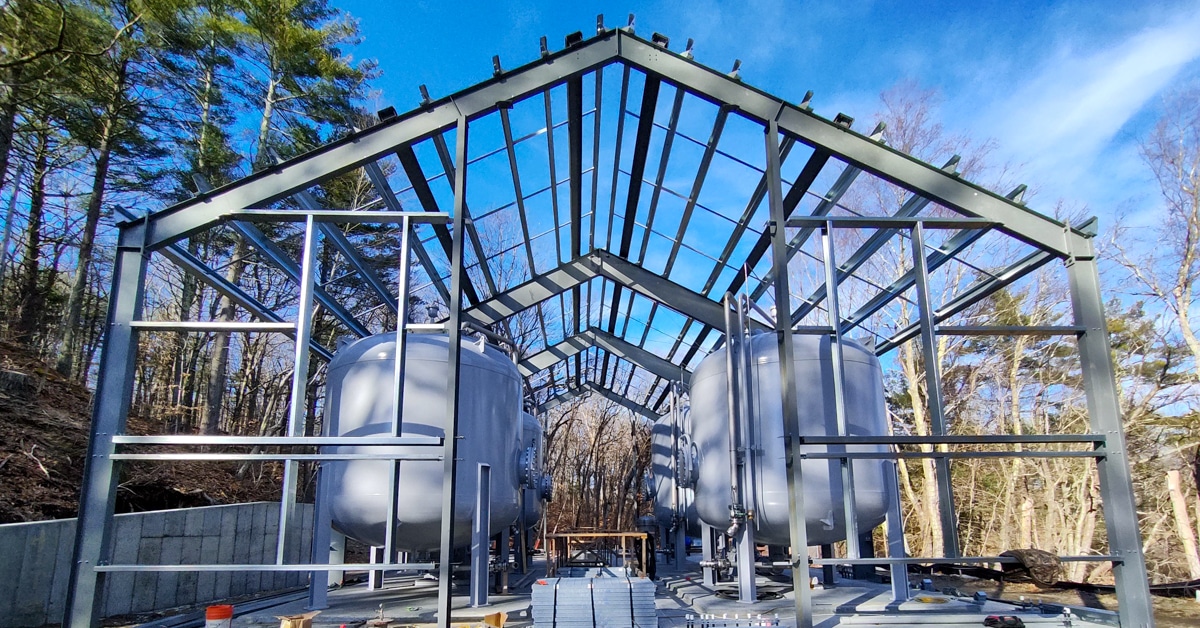
EPA Announces Final National Primary Drinking Water Regulations for PFAS
The U.S. EPA has Announced its Final National Primary Drinking Water Regulations for PFAS. Learn how Kleinfelder experts can help.
Per- and polyfluoroalkyl substances (PFAS) are a large and complex class of anthropogenic compounds whose prevalence in the environment have emerged as a worldwide priority for human health and the environment.
The U.S. Environmental Protection Agency (EPA) has announced the Final National Primary Drinking Water Regulations for six PFAS.
Last year, we shared an article on the proposed draft and implications for public water suppliers, and now that the final regulations have been announced, we have outlined them below, along with how our experts can assist.
Final Regulations
Compound
Final MCLG
Final MCL (enforceable levels)
PFOA
Zero
4.0 parts per trillion (ppt) (also expressed as ng/L)
PFOS
Zero
4.0 ppt
PFHxS
10 ppt
10 ppt
PFNA
10 ppt
10 ppt
HFPO-DA (commonly known as GenX Chemicals)
10 ppt
10 ppt
Mixtures containing two or more of PFHxS, PFNA, HFPO-DA, and PFBS
1 (unitless)
Hazard Index
1 (unitless)
Hazard Index
The regulation of PFHxS, PFNA, HFPO-DA (GenX), and PFBS as a mixture means that the combination of these PFAS, whose individual concentrations may vary, cannot exceed a health protective threshold, known as a Hazard Index. The Hazard Index is calculated on a case-by-case basis.
What this Means
The final regulations require:
- Monitoring: Public water systems must monitor for these PFAS and have three years to complete initial monitoring (by 2027), followed by ongoing compliance monitoring. Water systems must also provide the public with information on the levels of these PFAS in their drinking water beginning in 2027.
- Implementation: Public water systems have five years (by 2029) to implement solutions that reduce these PFAS if monitoring shows that drinking water levels exceed these MCLs.
- Further Action: Beginning in five years (2029), public water systems that have PFAS in drinking water which violates one or more of these MCLs must take action to reduce levels of these PFAS in their drinking water and must provide notification to the public of the violation.
Funding
Funding for emerging contaminants is more than $10 billion. Some prominent federal funding vehicles include:
- $5 billion in Water Infrastructure Improvements for the Nation (WIIN) Grants
- $1 billion in Clean Water State Revolving Funds (CWSRF)
- $4 billion in Drinking Water State Revolving Funds (DWSRF)
How We Can Help
Kleinfelder experts understand the multifaceted challenges of PFAS and have been working internationally since 2015 to develop practical solutions for helping our various clients overcome these challenges.
Get in Touch!
Feel free to reach out to any of our PFAS experts below, or contact info@kleinfelder.com, and we’ll be happy to assist you.
Additional Resources
EPA PFAS Website
Final PFAS National Primary Drinking Water Regulation (U.S. EPA)
Download the fact sheet
PFAS National Primary Drinking Water Regulation Fact Sheet
Destruction and disposal of PFAS
Interim Guidance on the Destruction and Disposal of PFAS and Materials Containing PFAS
Attend a webinar
EPA is hosting several webinars — below are two specific to drinking water professionals and small water systems:
- April 23, 2024 (2:00 – 3:00 pm EDT) Webinar Registration: Drinking Water Utilities and Professionals Technical Overview of PFAS NPDWR
- April 30, 2024 (2:00 – 3:30 pm EDT) Webinar Registration: Small Drinking Water Systems Webinar Series on Final PFAS NPDWR and PFAS Drinking Water Treatment








